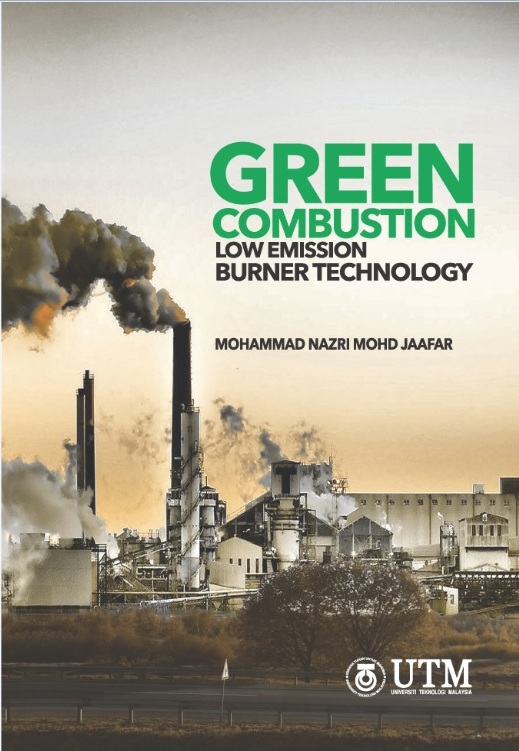Description
The problem of environmental pollution faced by the world population today is not new. Air pollution, of all other pollutions, causes the most damage to human and the environment. Forest burning, photochemical smog, global warming, heat waves, hurricanes, and depletion of the ozone layer are unpredictable. They are the results of air pollution problems, and the primary problem is the production of gaseous emissions from the combustion process. These gaseous emissions are oxides of nitrogen (NOx), oxides of sulphur (SOx), carbon monoxide (CO), carbon dioxide (CO2) and unburned hydrocarbons (UHC). Amongst all, NOx is considered as the major source for all air pollution problems, including acid rain, global warming, ozone layer depletion, and photochemical smog. These environmental problems are causing a lot of damage to plants, buildings and the ecosystems, hence creating millions of ringgit in losses. This book discusses the formation of and methods for reducing these gaseous emissions. It covers the results of a series of research in the area of emission mitigation technologies conducted by the author and his team of researchers for the past 20 years. This book presents the root causes of these emissions, their effects on the environment and ways to mitigate them. Several emissions mitigation technologies are discussed including staged combustion, applications of swirling flows and insertion of orifice plates, to name a few.





